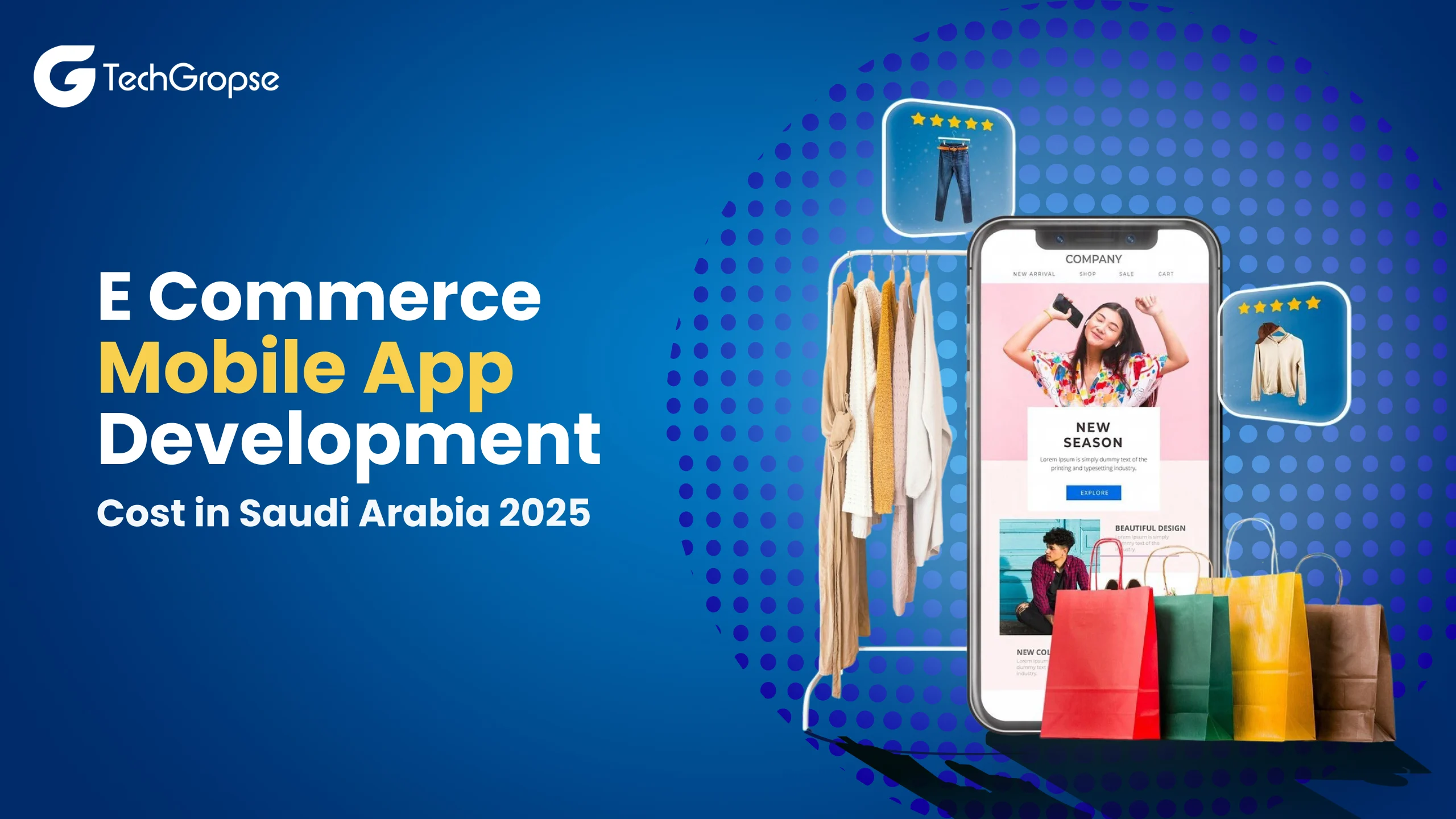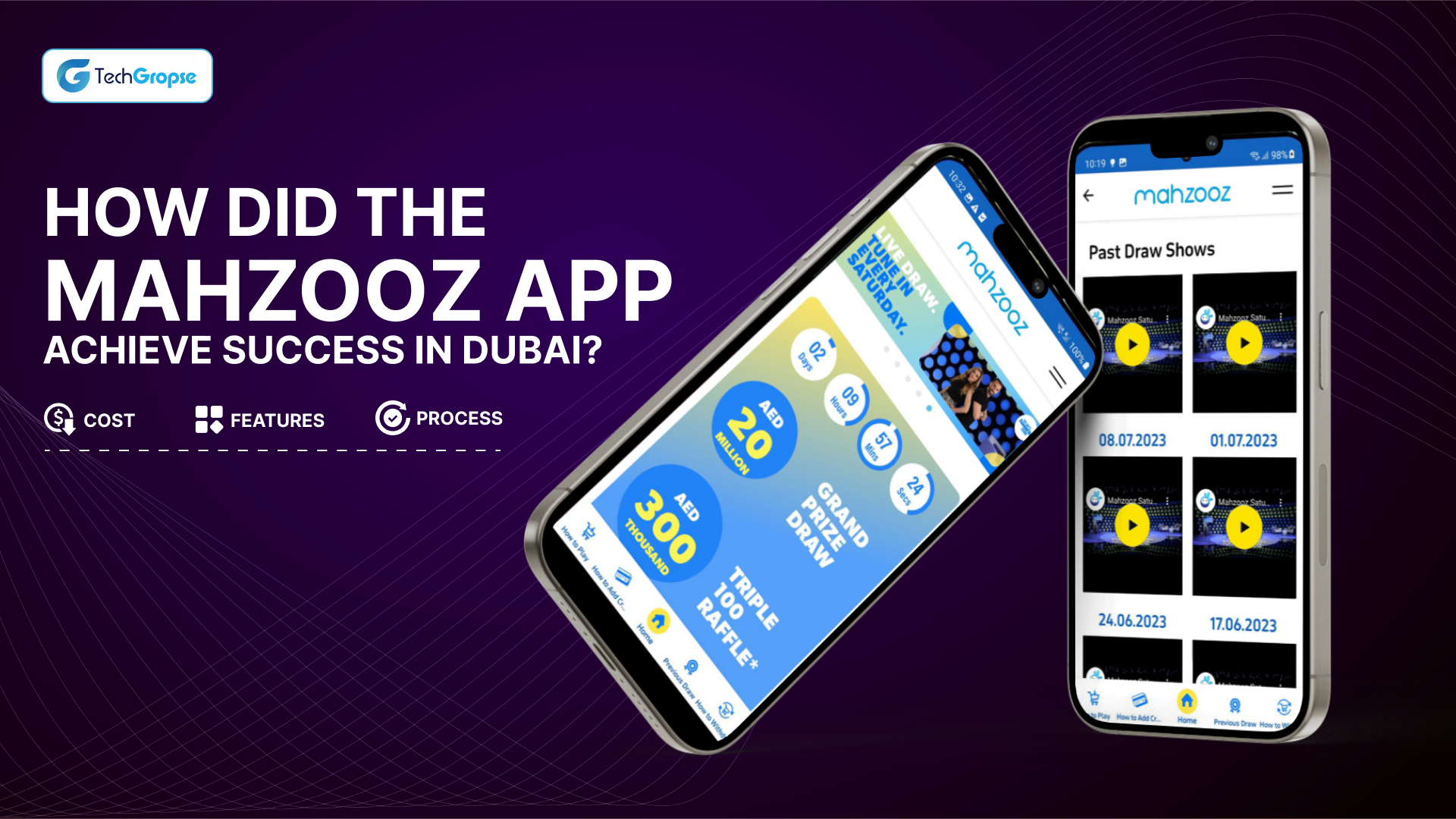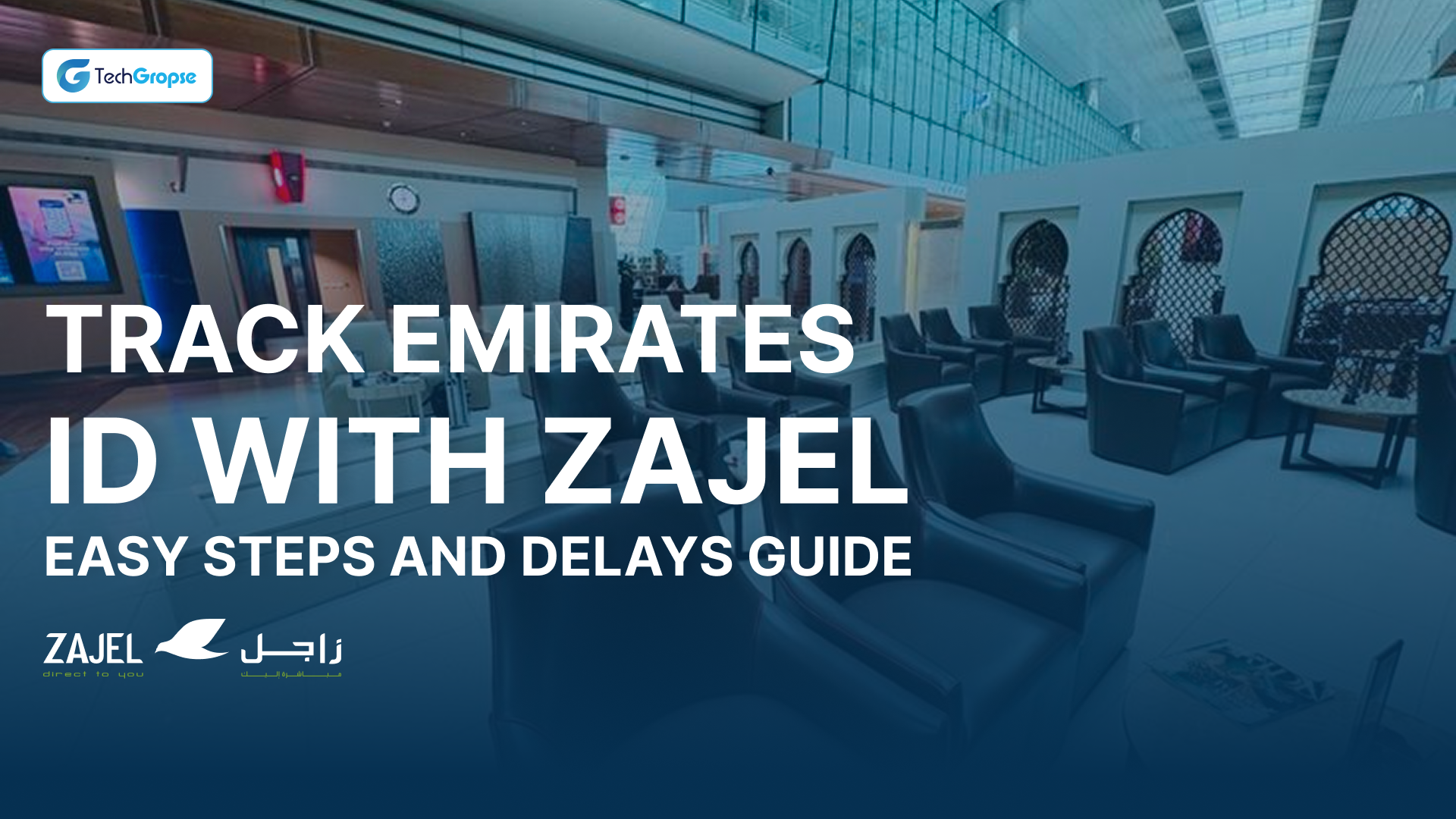In Saudi Arabia’s digital marketplace, the question is no longer if your business should go mobile, it’s how soon you can do it without breaking the bank or compromising on quality. From Riyadh’s retail powerhouses to Jeddah’s rising startups, ecommerce is the main arena.
And in 2025, with consumer expectations higher than ever and mobile-first shopping becoming the norm, building an ecommerce app is less of a tech investment and more of a business survival strategy.
As of early 2025, Saudi Arabia’s ecommerce market size has surpassed $13 billion, with mobile transactions making up nearly 70% of total online sales. Saudis rank among the world’s highest for smartphone usage and online time per capita. It’s a mobile-first nation that is shifting its development strategy entirely. Businesses are crafting seamless digital storefronts that match rising expectations for speed, personalization, and bilingual UX.
Which brings us to the critical question: How much does it cost to build an ecommerce app in Saudi Arabia in 2025?
For startups and businesses this question matters a lot, especially in Saudi Arabia, where Vision 2030 is driving a full-throttle digital transformation, the ecommerce app development landscape is evolving fast and influencing cost dynamics in ways that weren’t true even a year ago.
In this guide, we’re not just throwing numbers at you. We’re unpacking what actually shapes ecommerce app development cost in Saudi Arabia, what startups and established brands need to factor in, and why choosing the right development model matters more now than ever.
If you’re eyeing to build a basic MVP or a full-fledged multi-vendor ecommerce marketplace app, this 2025 edition will help you decode the real costs — and make smarter, budget-aligned decisions.
So let’s get into it.
Overview of Ecommerce Boom in Saudi Arabia
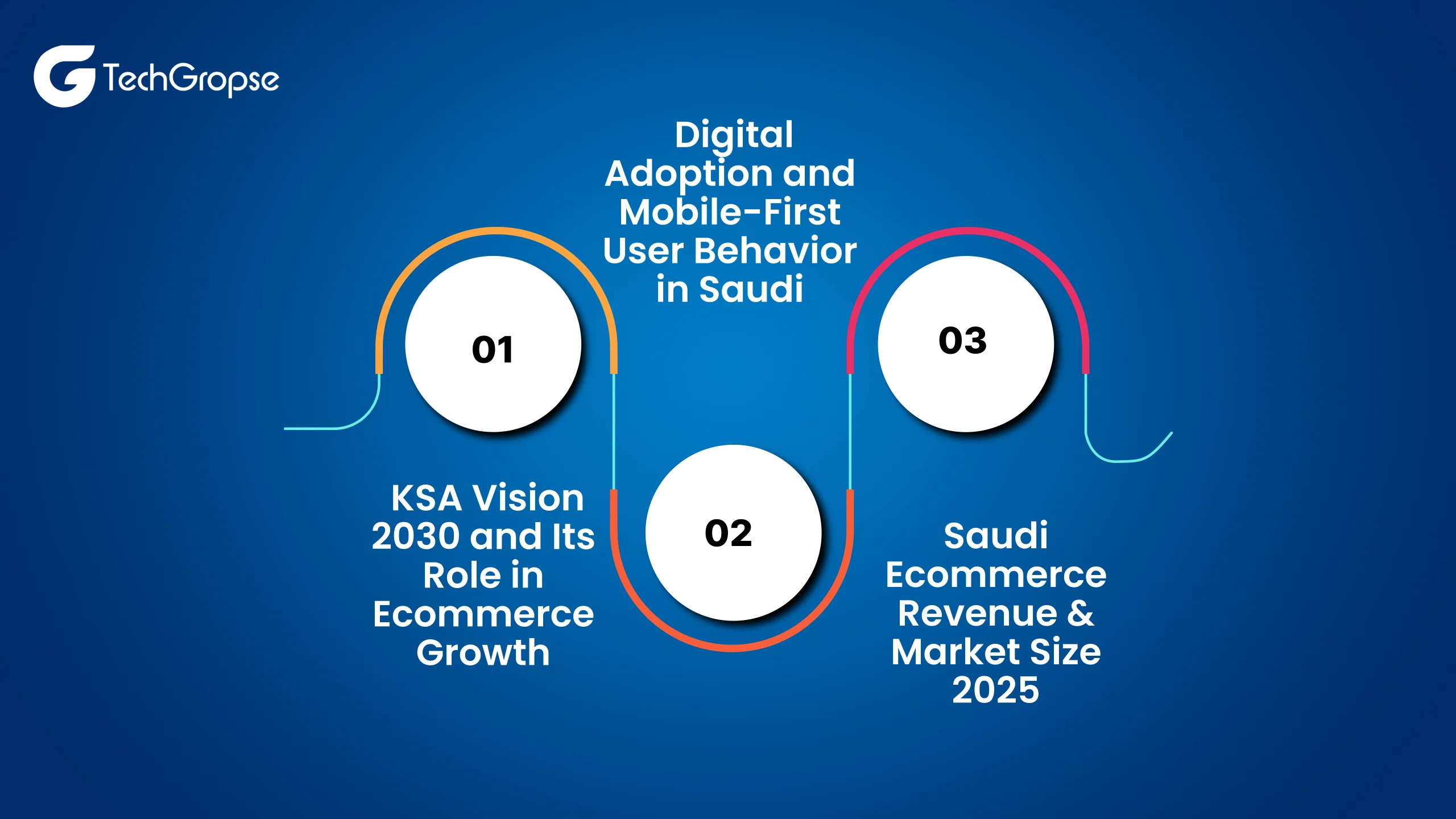
Saudi Arabia has been transformed by its presence in malls and the new-age digital economy-memory-so-to-speak; the operations of consumers to discover, compare, and procure anything from daily needs to high-end electronics have been forcibly changed. What was earlier a hesitant online curiosity has exploded into a full-fledged mobile commerce frenzy.
Internet penetration is quite high. Its population stands younger. The government, meanwhile, is pushing hard on digital transformation under Vision 2030. Hence, Saudi shoppers now expect Amazon-level convenience with a local twist: a bilingual interface, cash-on-delivery, and locally trusted payment gateways.
Even more telling is the shift in who is building. It is no longer just the big retailers going online. Start-ups, SMEs, and even traditional wholesale vendors are now rushing to build their own marketplace applications. From multi-vendor grocery applications to aggregators of luxury fashion, the appetite for customized scalable ecommerce platforms is bigger than ever now in KSA.
According to Research And Markets’ report, the ecommerce market size in Saudi Arabia is estimated to reach from USD 63.5 million in 2023 to USD 264.1 million by 2030.
(Source: Grand View Research)
And this massive growth in Saudi Arabian ecomerce market is due to the following driving factors which are also contributing to the increasing demand for ecommerce mobile app development services in KSA.
- Mobile-first consumer behavior
- High-speed internet access and nationwide digital connectivity
- Rapid adoption of cashless payments and fintech solutions
- Rising youth population with high digital literacy
- Growing logistics and delivery infrastructure
- Government-backed support for startups and SMEs in tech and ecommerce sectors
What Influences Ecommerce App Development Costs in Saudi Arabia?

Let’s talk about the factors that shape the cost of developing your ecommerce application.
1. App Complexity: Beyond Just Lines of Code
Think of your ecommerce app as a digital storefront. The larger the number of interactive rooms, moving parts, and automated services it has, the more time it takes for construction and also the higher the costs. A simple ecommerce app would allow users to search for products and checkout. However, a multi-vendor marketplace multiplies the complexity.
In Saudi Arabia, where consumer expectations are raised by global giants such as Amazon and Noon, a number of businesses lean towards feature-rich apps. The downside? More logic, more layers, more testing, and, yes, a larger budget. So, complexity is there to reflect the business vision.
2. Platform Type (iOS, Android, Web, Hybrid): One App or All Touch Screens?
On one side, development for cross platforms (iOS + Android) or building for native will significantly dictate one’s budget. The native apps, which are built separately for iOS and Android, perform better and give a good user experience but require more time for development.
On the opposite side, hybrid or cross-platform-development frameworks (such as Flutter and React Native) give the less-houred undertakings a faster time-to-market. For Saudi startups looking at launch speed, it is a scintillating option. Being an Android-first country, it is the premium buyers who buy with iOS and, hence, multiform demand has a direct influence on the development timeline, testing cycles, and overall cost of growing the ecommerce app.
3. UI/UX Design Preferences: Arabic + Minimalistic and Mobile-Optimized
Design is the visible force that ties an entire user journey together—from product discovery through to checkout. But designing ecommerce apps in Saudi Arabia imposes extra layers: bilingual interfaces (Arabic + English), RTL language support, and culturally intuitive layouts.
Premium UI/UX is not just pretty. It’s fast-loading visuals, localized iconography, and inclusive micro-interactions that run fluidly over various devices. If you are addressing a consumer group that ranges from Gen Z mobile shoppers in Riyadh to conservative buyers from the region, your UI/UX strategy must accommodate both. Great design never comes at a low price.
4. Customizing Features: The Extras Define Experience
All feature choices are decisions that define your brand. Live chat with AI-powered assistants means backend integrations and NLP frameworks. Augmented reality (AR) for product previews adds 3D modeling and real-time rendering to the scope, whereas integrating local delivery partners like Jahez, Mrsool, or Careem brings along its own API, compliance, and testing workload.
Custom features elevate, differentiate your brand, and throw the “wow” factor on users. But every extra tap, scroll, or swipe that is flawless from the frontend is usually hours of engineering from the backend. That inflates cost.
5. Developer Experience & Location: Who’s Behind the Build?
Hiring a mobile app development team for your app project also plays a crucial role in determining the final cost. In Saudi Arabia, some businesses prefer working with local app developers or regional agencies that understand cultural nuances, payment norms (like Mada), and legal frameworks. That being said, some might partner with a custom mobile app development company in USA, Eastern Europe, or Southeast Asia to cut corners.
Global developers could be cheaper by the hour. Local ecommerce app developers in Dubai are faster in compliance and launch. Therefore the decision boils down to speed vs cost vs whichever one significantly shapes your overall project budget.
6. Regulatory Compliance And Cultural Considerations in KSA
The e-commerce environment in Saudi Arabia is increasingly regulated and rightfully so. From SAMA (fintech tie-ins) to CITC guidelines, there are rules on data privacy, e-payments, product disclosures, and Arabic language support. Throw in cultural sensitivities around content, imagery, and user data, and your development team needs more than just coding skills. They need local intelligence.
Failure to comply could delay launch or even lead to shutdowns. Compliance therefore would become a layer of time, legal consultation, and development cycles injected into the mix-whether it’s complying with local VAT regulations, or making sure your content respects social values-both influence your final ecommerce app development cost.
Also Read: How Apps Like Noon Are Transforming Online Shopping in Saudi Arabia?
Ecommerce App Development Cost Breakdown – 2025 Saudi Arabia
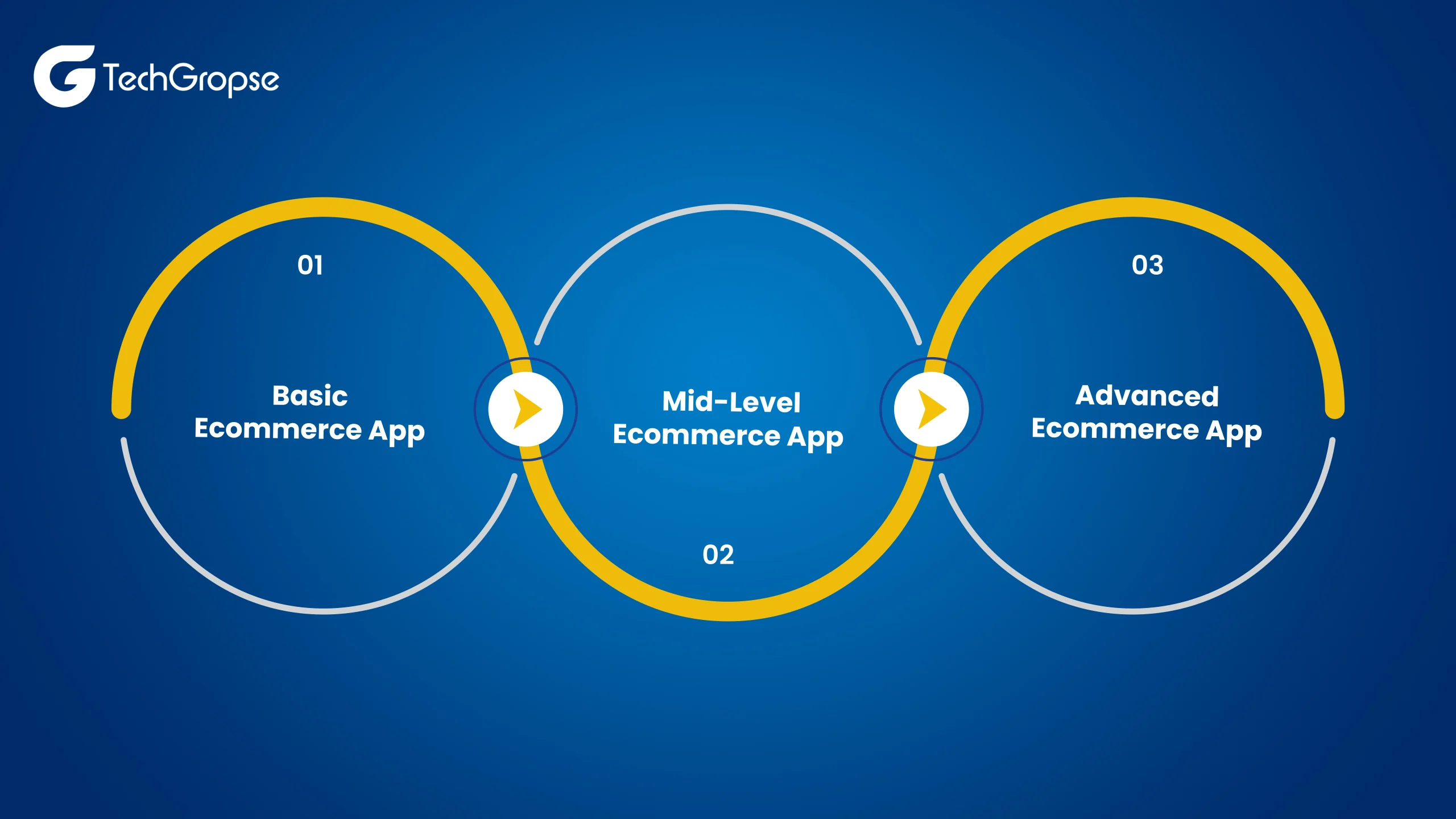
The cost of building an ecommerce app in Saudi Arabia can differ from many use cases. It depends on the app size, which development approach you choose, and what features you add also. So to give an overall understanding, here we have given a detailed breakdown of the ecommerce app development cost in KSA.
1. Cost Breakdown by App Size
| App Size | Features Included | Estimated Cost (SAR) | Ideal For |
|---|---|---|---|
| Basic App (MVP) | Product listing, cart, checkout, basic admin panel | SAR 60,000 – 100,000 | Startups, small local businesses |
| Mid-Level App | Multi-language (Arabic/English), order tracking, coupons, delivery integrations | SAR 100,000 – 220,000 | Growing retailers, SMEs |
| Enterprise-Grade | Advanced search, AI recommendations, AR preview, multi-vendor, analytics dashboard | SAR 250,000 – 600,000+ | Large retailers, scaling platforms |
2. Cost by App Type
| App Type | Technology Used | Estimated Cost (SAR) | Pros | Cons |
|---|---|---|---|---|
| Native App | Swift (iOS), Kotlin (Android) | SAR 160,000 – 350,000 | Best performance, deeper OS integration | Higher dev time & cost (two codebases) |
| Cross-Platform | Flutter, React Native | SAR 110,000 – 250,000 | Cost-effective, one codebase for all | May have limitations in very custom UX |
| Web App (PWA) | HTML5, CSS, JS (Responsive Web App) | SAR 70,000 – 150,000 | Fast to launch, good for early-stage MVPs | Limited native features, offline support |
3. Cost Breakdown by Major Cities in Saudi Arabia
| City | Average Development Cost | What Affects the Price? |
|---|---|---|
| Riyadh | SAR 120,000 – 350,000 | High demand, premium agencies, Vision 2030 innovation hub |
| Jeddah | SAR 100,000 – 300,000 | Strong SME ecosystem, moderate competition, bilingual demand |
| Dammam/Khobar | SAR 80,000 – 250,000 | Lower developer cost, emerging digital clusters, early-adopter businesses |
How Much Does It Cost To Build an Ecommerce App in Saudi Arabia Finally?
On average, the cost to build an ecomerce app in Saudi Arabia can go upto 50,000-70,00 SAR for a basic level application. However, the final value entirely depends on your specific project requirements and business goals. Therefore, to get an exact cost estimation of your ecommerce app development project, you should get a price quotation from a dedicated ecommerce app development company in Saudi Arabia.
Hidden Costs in Ecommerce App Development That You Must Know
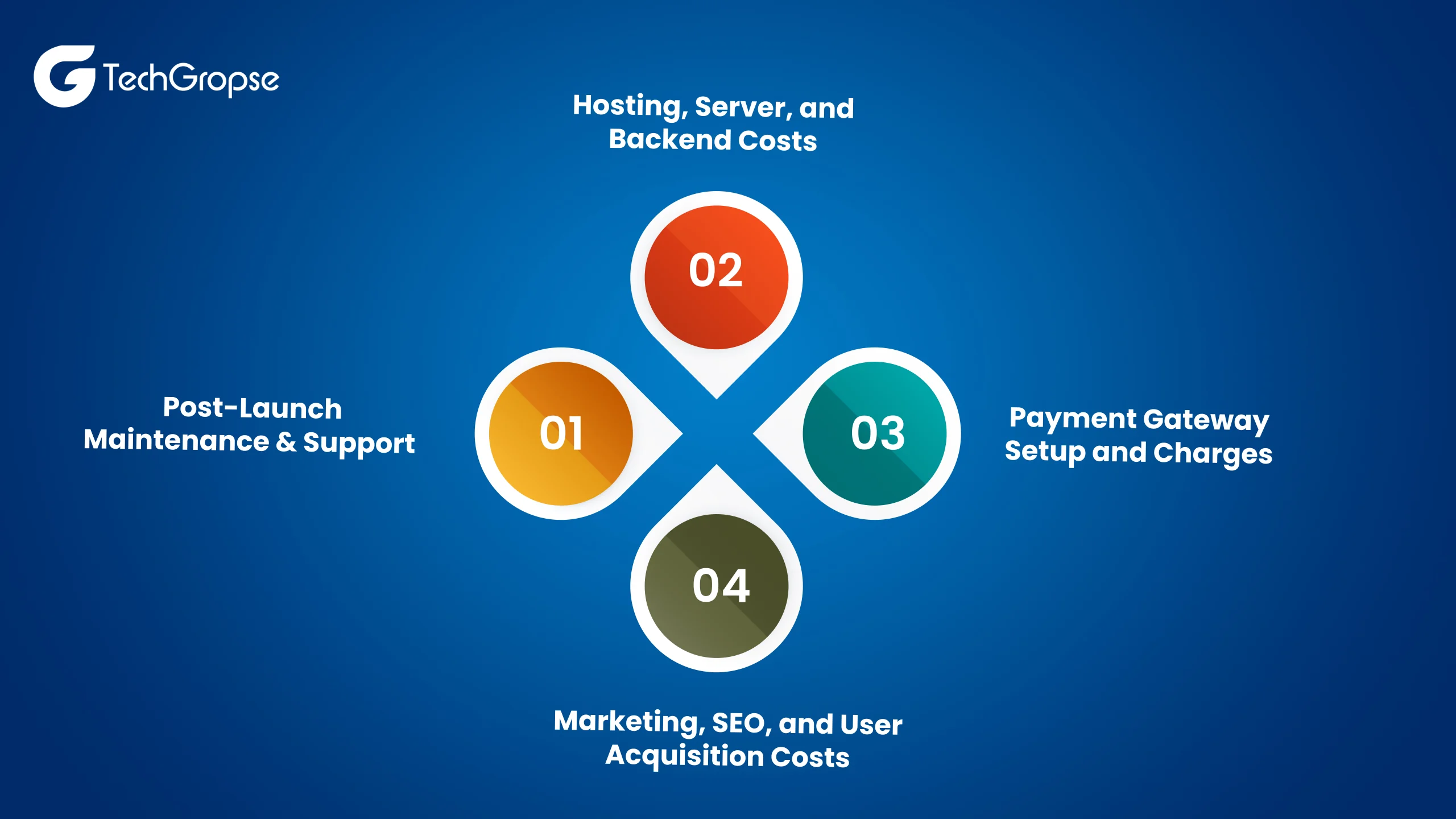
A price tag on this proposal does not always carry the full essence of ecommerce app development. There are the UI mockups and quoted timelines with some strategic traps lurking behind them. Some hidden charges may pile up quietly if you are unaware of them, including:
1. API Licensing & Third-Party Service Integrations
Smooth PayTabs payment gateway? Hyperlocal delivery plugin? SMS verification system? They’re not always free. Most third-party APIs have usage-based pricing, licensing fees, or a premium tier. Hence, these costs become higher with every scaling of your app.
2. Maintenance & Upgrades after Launch
Your app is not a “launch and forget” product. Bugs show up. iOS and Android get their updates. The regulatory environment in KSA may also alter. Hence, if you do not carry out maintenance, your app will soon be out of date, or worse, it will break. Therefore keep at least 15 to 20 percent of your budget every year just for maintenance after launch.
3. Server, Hosting & Infrastructure Costs
Unless you want to go full SaaS (which most serious ecommerce brands don’t do), you’re going to have to pay for hosting. Cloud hosting (read AWS, Azure, Saudi-based alternatives) is going to levy monthly or other usage-based fees. The more your app handles real-time orders, high-res images, and user data, the more you pay to ensure it’s fast and scalable.
4. Custom Admin Dashboard Development
Your customer app is one side of the coin. The other is your admin panel, where you manage products, process orders, run promotions, and generate reports. If this isn’t part of your dev quote, prepare for another build. Note that most powerful ecommerce apps in Saudi Arabia succeed because of strong backend logistics, not just shiny frontend UX.
5. Arabic Localization and Right-to-Left (RTL) UX Adjustments
Building a bilingual app (English + Arabic) is not as easy as using Google Translate. Arabic requires RTL alignment, culturally adapted content, and typographic considerations — all of which entail time, testing, and design work.
6. App Store Publishing Fees & Marketing Rollout
With the app now made it has to be published, approved, and most importantly, adopted. Publishing to the Apple App Store and Google Play involve small but recurring fees. More importantly, launch without a strategic marketing rollout budget, and your app will be lost in a sea of apps. “Build it, and they will come” is not a strategy. Set out a separate budget for performance marketing, influencer pranks, and ASO (App Store Optimization).
Learn More: Delivery App Development Cost in Saudi Arabia – 2025 Edition
Timeline to Build an Ecommerce App in Saudi Arabia
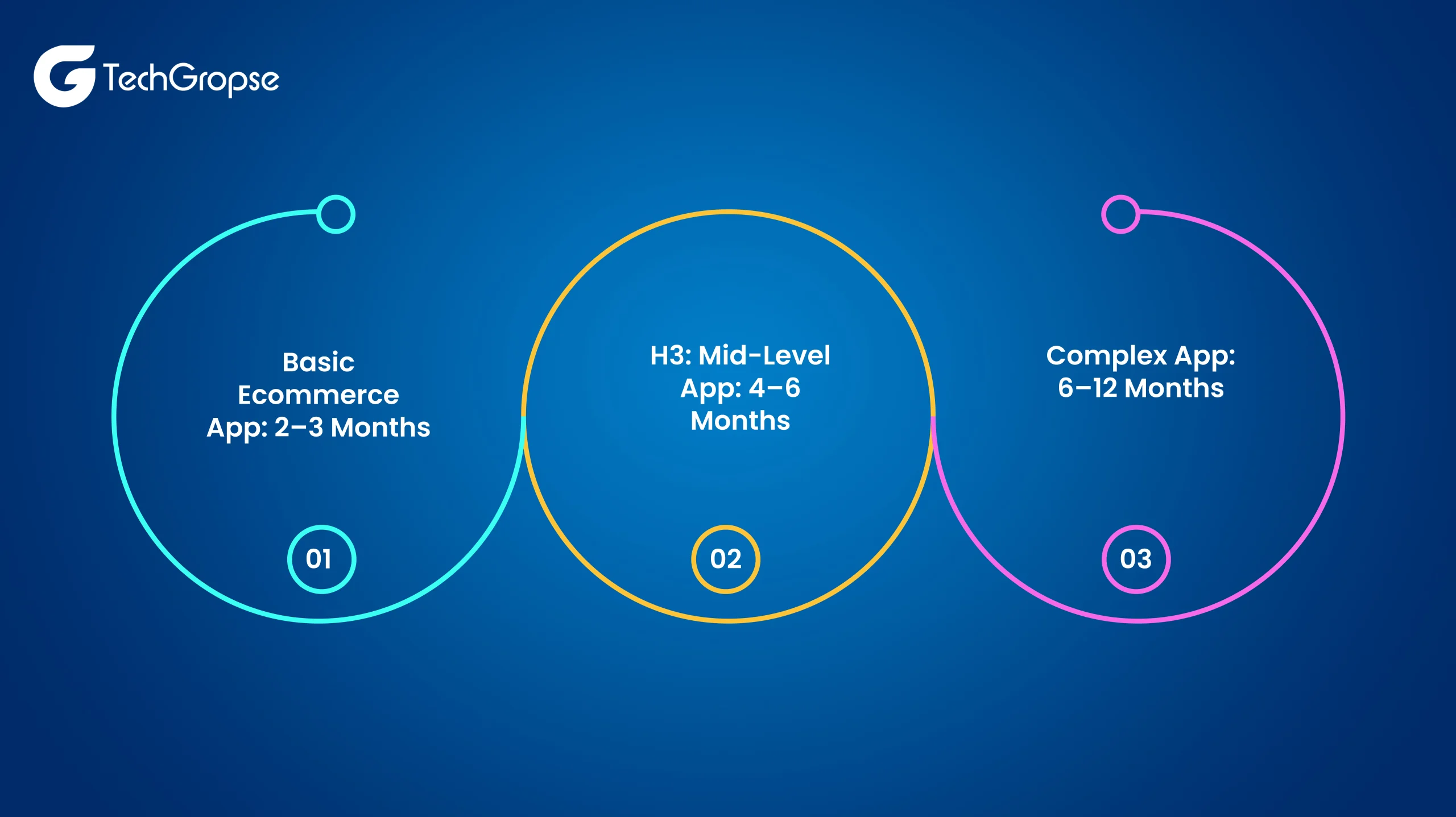
How much time would it take to build an ecommerce app in Saudi Arabia? This is another question that most business owners have in their mind. You should remember there is no exact timeline for any project since it totally depends on the project size and other factors. However, to give an idea, here’s a simplified breakdown of what typically unfolds:
| App Size / Complexity | Estimated Development Timeline |
|---|---|
| Basic App | 8 – 12 weeks |
| Mid-Level App | 12 – 18 weeks |
| Advanced App | 18 – 26 weeks |
| Enterprise-Level App | 26 – 36+ weeks |
| Platform Type | Estimated Development Timeline |
|---|---|
| Native App (iOS or Android) | 14 – 24 weeks (depending on complexity) |
| Cross-Platform App(Flutter, React Native, etc.) | 12 – 20 weeks (shared codebase speeds it up) |
| Web App / Progressive Web App (PWA) | 8 – 16 weeks (fastest for MVPs and lightweight solutions) |
Cost Comparison Between Hire Freelancers Vs Ecommerce App Development Companies
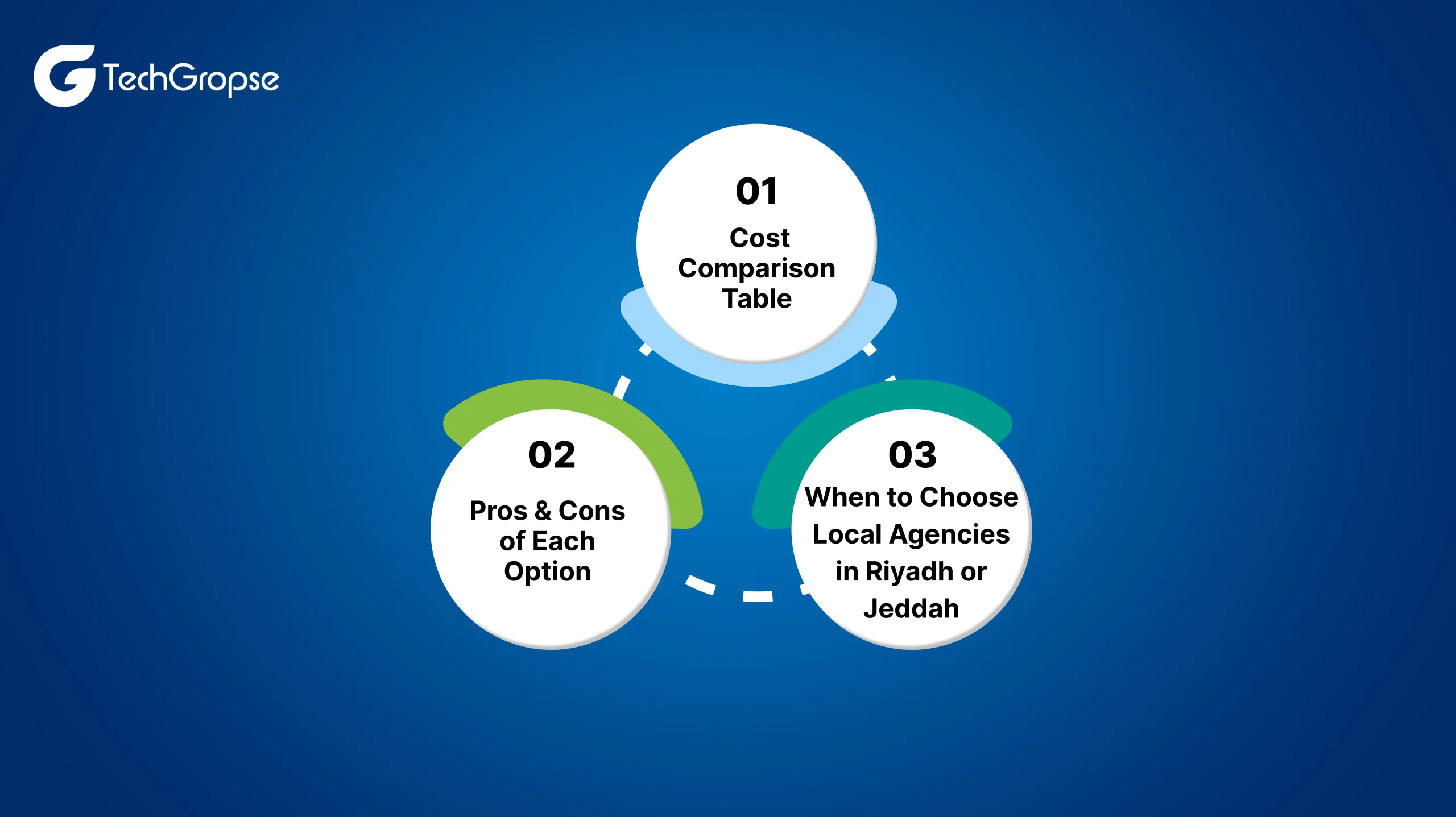
Freelancers are less costly with projects that are small, well-defined, and tight-budgeted; however, prospective clients have to weigh the risks. On the other hand, if a company develops scalable yet secure and culturally relevant ecommerce applications for Saudi Arabia, such a company is a worthwhile investment. Here’s why.
1. Cost-Efficiency
Freelancers:
They charge lower hourly fees compared with agencies, making their services attractive for startups or small projects on a tight budget. One might find freelancers charging from $15 to $50 per hour, based on their experience and location. However, at times, cheap rates could translate into low availability or limited skills.
Ecommerce App Development Companies:
In-house companies or foreign companies charge almost double as much as freelancers, from $40 to $120 per hour. But this premium value comes with robust project management, multidisciplinary teams, and access to specialized know-how that freelancers cannot readily give.
2. Quality and Reliability
Freelancers:
While some freelancers are quite skilled, there are higher chances for issues such as inconsistent-quality deliverables or emerging deadlines. Such problems can crop up in situations where the freelancers lack any formal processes or have any backup resource to fall back on; so, if the freelancer isn’t available or too overloaded, projects may come to a complete halt.
Development Companies:
With structured workflows, agencies give their word to honor timelines and renew deliverables that meet the look-ahead expectation set in force majeure, quality assurance teams, and hold every party accountable for delivery on time and meeting the requirements or expectations. This sort of reliability justifies its added value, especially for ecommerce applications requiring an excellent user experience and security compliance in the Saudi market.
3. Project Scope and Complexity
Freelancers:
They are ideal for small- to medium-sized projects with defined scopes-like your basic ecommerce app, or feature-specific development. However, if your project requires complex integrations, bilingual support, or meets Saudi regulatory standards, freelancers may not have full-stack capabilities.
Development Companies:
Great for complex, end-to-end ecommerce app development, in turn providing for UI/UX design tailored to Saudi users, backend architecture, third-party integrations (payments, logistics), and scaling post-launch.
4. Hidden and Long Term Cost
Freelancers:
The reported savings might eventually be withheld by hidden cost-factors: project delays; need to fix and optimize; or the need to hire other experts to ensure quality and security levels. Development and maintenance, when it comes to the long run, might become far more difficult if dependent on only one freelancer.
Development Companies:
Higher upfront cost albeit with more predictable budgets, which in return cover support for general maintenance, upgrading, and scaling-which minimizes unforeseen costs and downtimes in the long run.
Partnering with the best software development company in Saudi Arabia can help you build a feature-rich and cost-efficient ecommerce app tailored to your business goals in 2025
Smart Tips to Reduce Ecommerce App Development Cost in Saudi Arabia —Without Compromising Quality
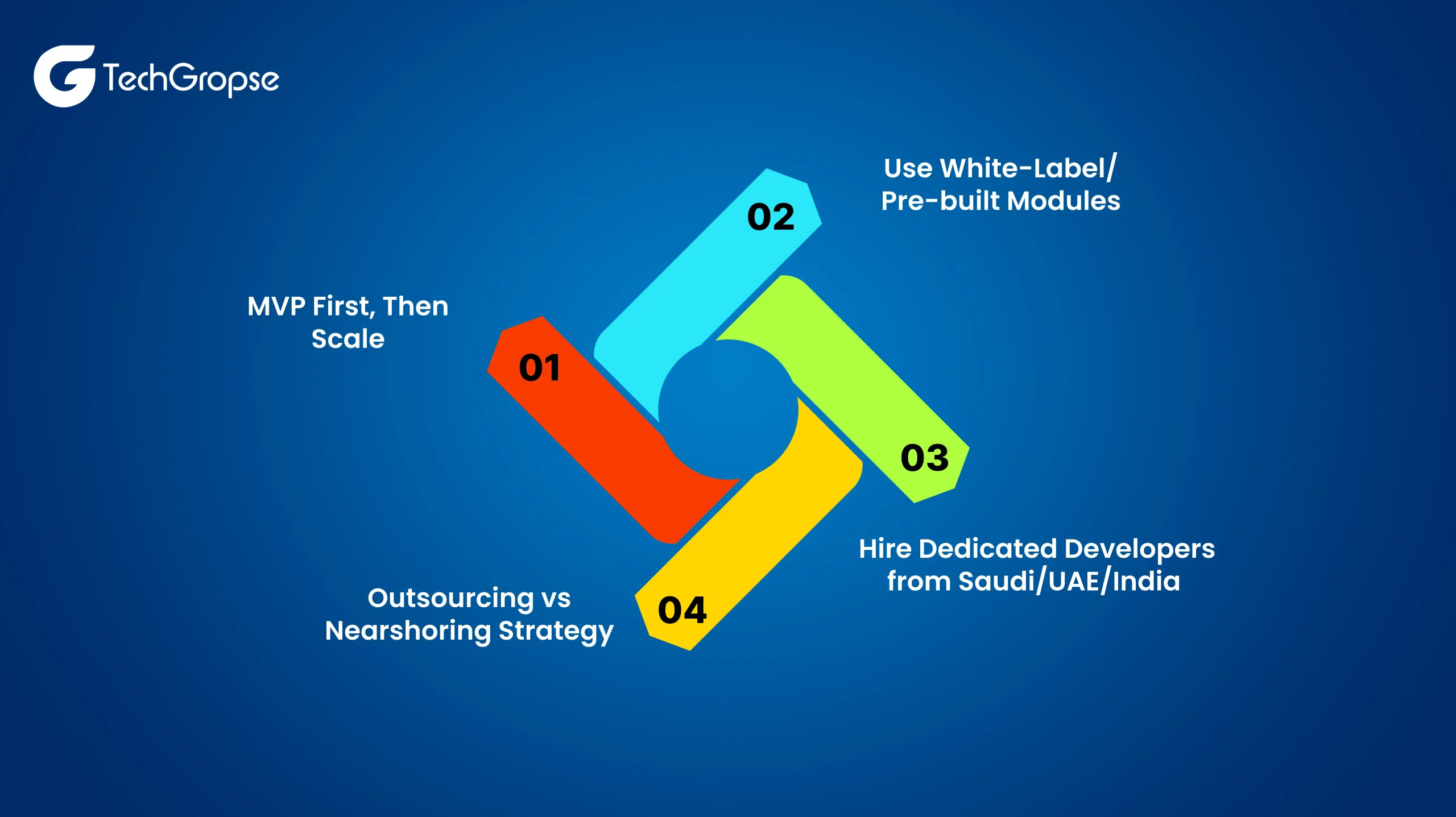
This perhaps is something you have been looking for. Cost saving is the first move everyone considers. But cost-saving doesn’t equal corner-cutting. It’s about smart-prioritizing, strategic execution, and future-proof planning —especially in a growing digital economy like Saudi Arabia’s. How to build a high-performance ecommerce app without mounting costs?
1. Lean in with an MVP — Not the Whole Universe
Some of the biggest mistakes startups make is to build the next Amazon from day one. Instead, focus on your Minimum Viable Product (MVP)—a set of basic features to solve one major problem for the user. This gives you time to reduce development hours and tests the market first, so you can scale it up on real feedback:
Tip: The must-have features include onboarding, product catalog, search/filter, cart, local payment gateway, and an Arabic/English toggle.
2. Cross-Platform Beats Native (At Least Initially)
Native apps are IOS][application developing something iOS like, Android][application developing something for the Android platform]. But that power comes at a cost! Write here with cross-platforms in mind: Flutter and React Native.
By sharing 90% of the codebase, development teams can save tons of time and money, with no compromise in performance and user experience. Since the Saudi market is basically mobile-first, shipping on both platforms fast makes way more sense than slowly building two perfect versions.
3. Use Pre-Built Modules and Third-Party Integrations
Why try to reinvent the wheel when there are APIs out there that are very secure and scalable? Be it user authentication, payment gateway (e.g. STCPay, HyperPay), logistics, chatbots; using tried and tested third-party services almost certainly lowers down on the costs and risks involved. So developers will spend less time reinventing the wheel and more time customizing it for the user experience that matters to you.
4. Choosing the Right Partner for Development — Not the Cheapest
Low-cost doesn’t always mean low total cost of ownership. Most cheap options cost you more in reworking issues later, in security risks, and scalability. Instead, try to find an experienced e-commerce app development firm in Middle East that knows the regulatory environment, VAT laws, and user behavior of Saudi Arabia. They are your best bet to avoid compliance snags and build a platform that actually performs in the local market.
5. Be Clear on Scope and Avoid Feature Creep
Vague requirements = blown budgets. Every new “nice-to-have” feature you add mid-development can raise costs without warning. Try to finalize a clear scope, wireframes, and user journeys prior to development. Stick to the plan. Prioritize ruthlessly.
6. Be Smart with Outsourcing (If It Makes Sense)
In some instances, outsourcing to a global e-commerce portfolio team can save up to 30-40 percent when compared with local agencies, if done correctly. Ensure they understand cultural nuances (Arabic, local logistics, payment behaviors) or else hire a hybrid local team to fill in the fillers.
Read More: How to Develop an Android App in Saudi Arabia? 2025 Edition
How TechGropse Helped a Saudi-Based Startup Build a High-Performance Ecommerce App at Efficient Cost?
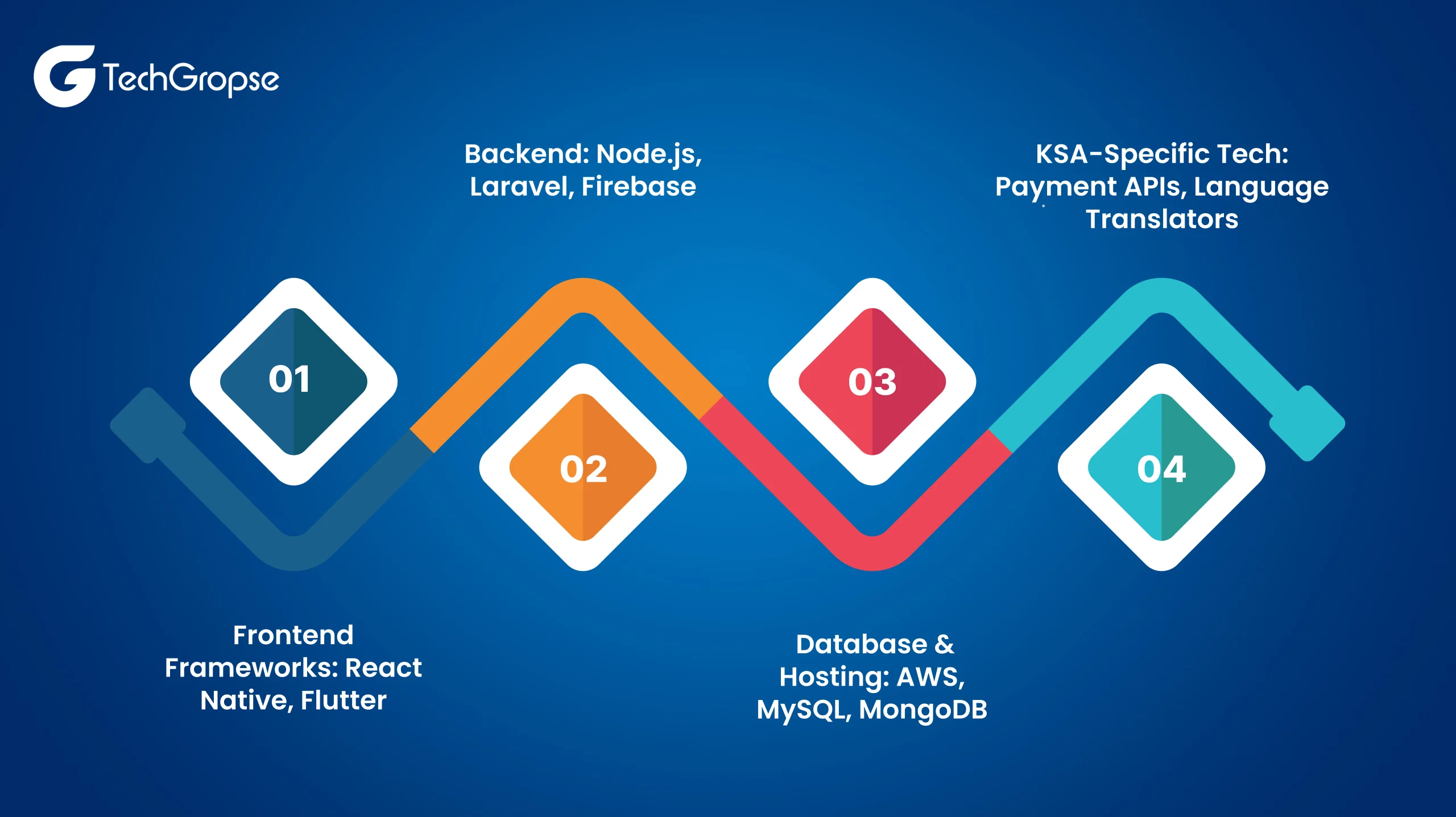
TechGropse is among the leading mobile app development companies in KSA. We have worked with several startups and business ventures helping them build business-oriented mobile app solutions. LayaliCart, a boutique ecommerce startup from Riyadh, was the other successful example for which TechGropse was approached to build the ecommerce app. They weren’t looking for a common solution.
They had a clear vision: To become Saudi’s primary online portal for carefully curated fashion, gifts, and lifestyle products catered to the modern, mobile-first consumer. But like most Saudi-based startups, they faced a classic dilemma: Limited tech budget. High market expectations. Tight deadlines.
The Challenge
LayaliCart wanted an app to look the best, be seamless on Android and iOS, support Arabic and English, accept local payments such as STCPay and Mada, and feel like a “super app” with personalized feeds and influencer storefronts. They were bootstrapped. Launching was less than 90 days away.
So what did we do then?
The TechGropse Approach: Strategy Before Code
Unlike firms that go straight to development, TechGropse worked to instill clarity:
They workshopped the MVP — cutting fluff and concentrating on features that would matter most from an early traction standpoint.
- Picked React Native for cross-platform development, saving 40% off dev time while ensuring great UX on Android and iOS.
- Interfaced pre-built yet customizable modules for cart, product filters, multi-vendor support, and chat — cutting down silly coding hours.
- Used local UI sensibility — Arabic RTL support, Hijri calendar integration, and culturally familiar layouts that didn’t feel foreign to Saudi users.
- Introduced agile sprints and weekly demo reviews that allowed LayaliCart to steer the vision without scope creep.
And Result?
- Built and deployed within 76 days
- 65% lower in pricing from what was quoted by the old-style native app teams
- App downloads reached over 15,000 within the first 60 days, with a 4.8 average rating
- Smoothly integrated with logistics (Aramex, SMSA) and payments (Mada, Apple Pay)
- Fully compliant with Saudi eCommerce law & data privacy regulations
Why Does This Case Study Matter?
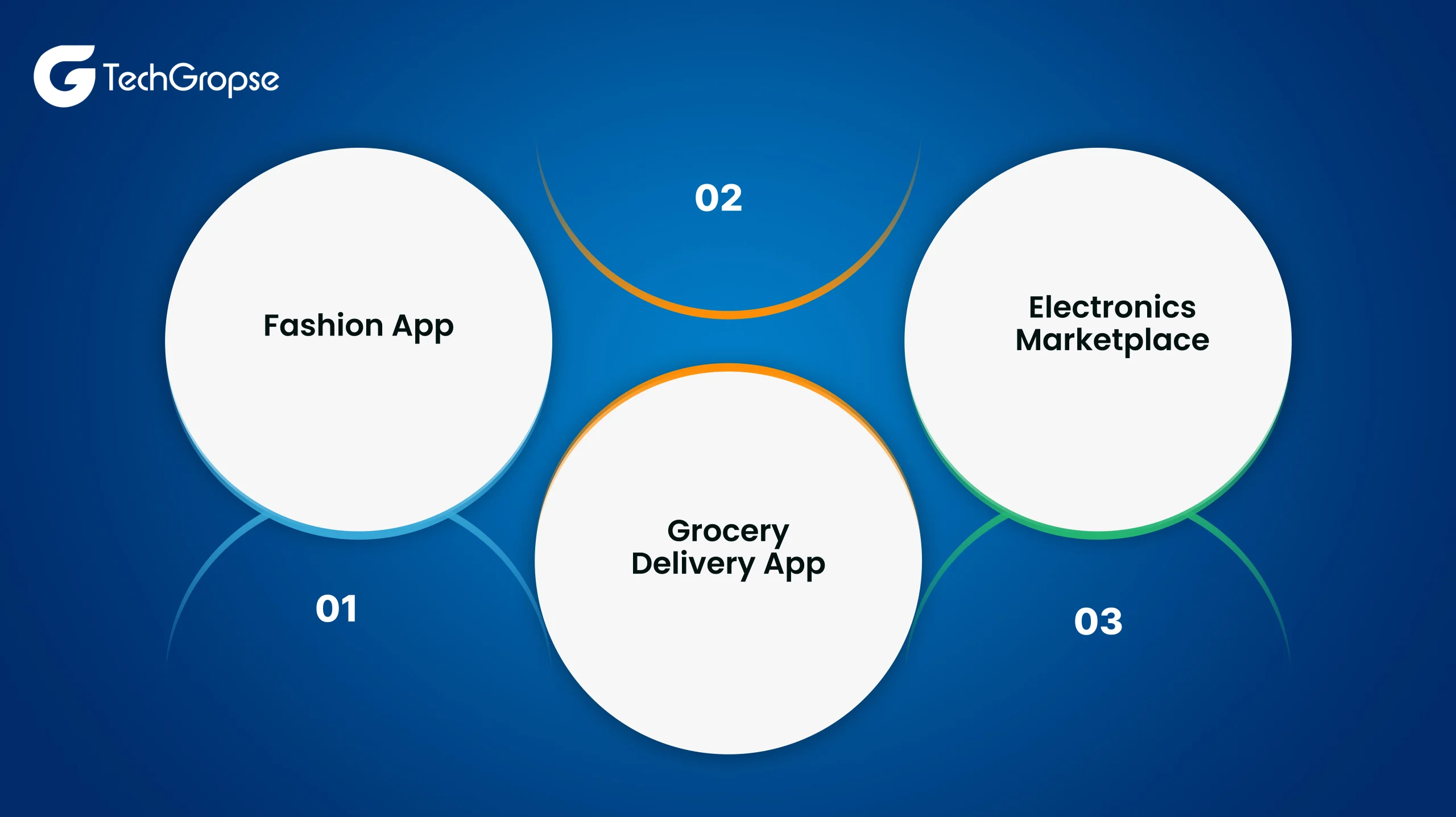
In a demand-filled market where trust, performance, and localization matters more than ever, TechGropse is proof you don’t need millions to build something world-class — just the right tech team that understands code as much as context. This is because our approach consisted of:
- Deep understanding of the Saudi digital consumer
- Technical excellence in cross-platform ecommerce development
- Transparent communication and scalable architecture
And today, LayaliCart is preparing for Series A, and TechGropse remains their trusted tech partner.
Final Words
If only one thing is taken away from the 2025 ecommerce wave in Saudi Arabia, it should be this: Ecommerce is becoming the default mode for Saudi arabians to shop, engage, and build brand loyalty. But numbers do matter—SAR 60,000 to SAR 90,000 should be considered as the average cost of building an ecommerce app in Saudi Arabia.
However, the businesses that invest in customization, user-first experience, and culturally aligned tech have a better chance to penetrate KSA’s ecommerce market.
So whether you’re a founder with a disruptive idea or a traditional business finally stepping into digital commerce. And TechGropse is such a reliable ecommerce app development company that could assist you launch your visionary ecommerce app cost efficiently. Contact us today to turn your ecommerce vision into reality with TechGropse.
FAQs
The average cost of developing an ecommerce app in Saudi Arabia is usually between SAR 60,000 and SAR 160,000 in 2025. In a nutshell, everything depends on how complicated the software is: features, platform choice (iOS, Android, or both), and the experience of the development team.
There are many reputable companies, but TechGropse is known to be one of the best. These days, the company delivers high-performance, scalable, and cost-effective ecommerce apps for the Saudi market. Their working knowledge of local startups and compliance with KSA’s cultural and regulatory framework has put them as a trusted name in the field of ecommerce solutions.
For starters, and speaking for most startups and serious businesses, hiring an outsourced professional mobile app development company in KSA is definitely a better way to go. Let’s see why:
- Better reliability and accountability
- Full team of designers, developers, and testers at your disposal
- Deliver on time and follow a well-structured process
- Post-launch support and updates
Freelancers may be cheaper at first, but when it comes to something as complex as ecommerce, it is very rare that they will have the capacity or willingness to deliver in the long term.

